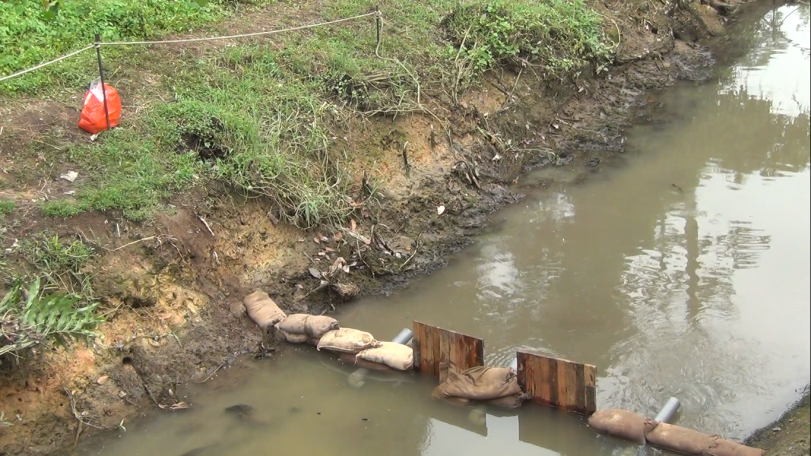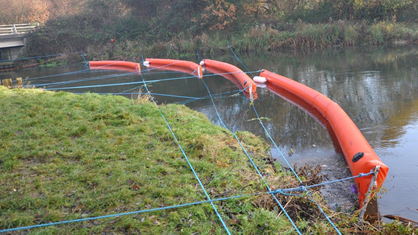Containing the unseen: response tactics for inland oil spill risks
As reported in 2018 BP Statistical Review of World Energy, oil demand had risen by 39.2 million barrels per day since 1984. This is an increase of 67% and an average increase of 1.15 million BPD per year over the span of 34 years. Our relentless oil consumption also means frequent oil movements in almost all parts of the world. Interestingly, there are more inland oil spills than marine spills globally. One of the common sources of Inland oil spills is road tanker incidents. How can we best mitigate the damages caused by inland spill incidents? Depending on where the incident happens and the type of oil split, there are various ways to deal with it.
If the oil finds its way to any waterway or any body of water, the most common strategy to stop its movement with the use of barriers such as booms and mini dams. Dams are commonly used in narrow and shallow waterways. The main purpose of the dam is to control the flow of water and to increase its depth enough to deploy a recovery device to remove the oil from the water. If the waterway is deep and wide, booms are used to prevent the oil from moving further or spreading and causing more damage to the environment. The booms are usually set to deflect or guide the oil to an accessible part of the waterway where it can be contained and recovered using a suitable recovery device. If the oil seeps into the ground, this is the hardest part to deal with as we need to find where it is and how wide the contamination is.

While Inland spills do not garner the degree of public and media attention compared to large offshore spills, they often directly affect the public in a more intimate manner than similar-sized marine spills. There are immediate safety concerns due not only to their potential proximity to communities but because of specific fears about toxic vapours and fire risks.

Booming on a deep and wide waterway
Want to know more?
We offer a range of resources to help you learn more about managing inland oil spills. Our Customised Inland Oil Spill Response training courses provide a well-balanced mix of presentations, table-top exercises, and hands-on practical deployment. Designed with a fresh approach, the course includes a challenging river response exercise, case study-based tasks, and a tabletop exercise that requires strategic, environmental, and logistical planning.
Our Inland Operations Field Guide is a great practical resource to help deal with any inland oil spill response scenario.




